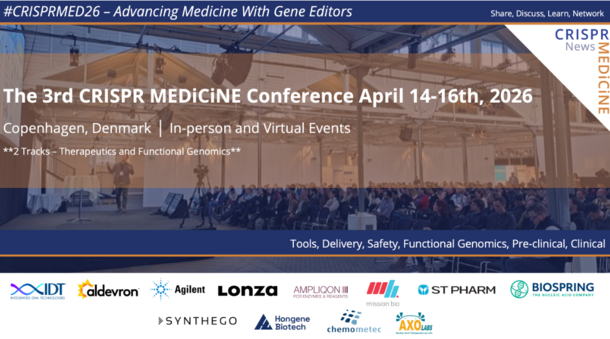United States, California
University of California San Diego Moores Cancer Center, La Jolla, California, United States, 92037
Stanford Cancer Institute, Stanford, California, United States, 94305
United States, Florida
Miami Cancer Institute, Miami, Florida, United States, 33176
United States, Georgia
Winship Cancer Institute Emory University, Atlanta, Georgia, United States, 30322
United States, Kansas
The University of Kansas Cancer Center, Fairway, Kansas, United States, 66205
United States, Maryland
National Institutes of Health, Clinical Center, Bethesda, Maryland, United States, 20892
United States, Minnesota
Masonic Cancer Center, University of Minnesota, Minneapolis, Minnesota, United States, 55455
United States, Missouri
Washington University School of Medicine Siteman Cancer Center, Saint Louis, Missouri, United States, 63110
United States, New Jersey
John Theurer Cancer Center at Hackensack University Medical Center, Hackensack, New Jersey, United States, 07601
United States, New York
Columbia University Medical Center - Herbert Irving Comprehensive Cancer Center, New York, New York, United States, 10032
Memorial Sloan Kettering Cancer Center, New York, New York, United States, 10065
United States, Ohio
University Hospitals Seidman Cancer Center, Cleveland, Ohio, United States, 44106
United States, Utah
University of Utah Huntsman Cancer Institute, Salt Lake City, Utah, United States, 84112
United States, Washington
Fred Hutchinson Cancer Research Center, Seattle, Washington, United States, 98109
Canada, Quebec
Hôpital Maisonneuve-Rosemont, Montréal, Quebec, Canada, H1T2M4
